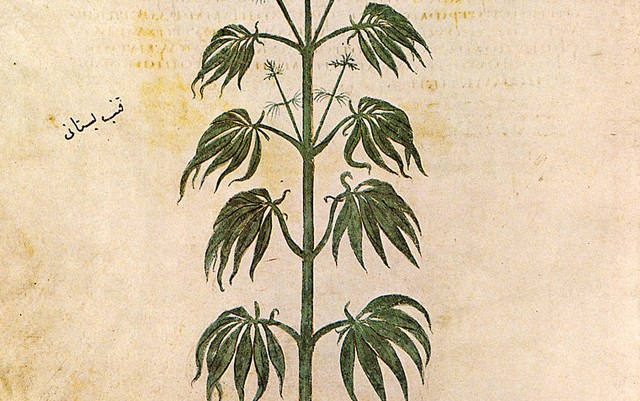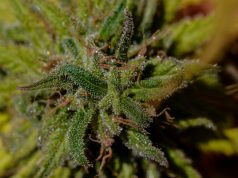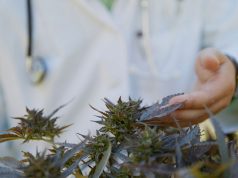The world never changes, only people change. The same natural resources that were here a million years ago are still present on our sustainable planet. Plants and herbs have been used for centuries to combat illness and disease. One good example is marijuana, or cannabis – a plant that grows wild in Central and South Asia. There are 483 known compounds in this plant, many with significant healing properties. Since we have this proven information, why such controversy about the use of medical marijuana? Where did it all go wrong?
Between 1870 and 1937, marijuana was a popular pharmacopoeia in the United States. Over 100 medical articles had been written, prior to its use as a pain-killing drug, before distribution in the medical community. A great drug for easing pain and anxiety during child birth, as well as an excellent treatment for asthma, there appeared to be no problems with this comforting drug.
Radical Changes in 1937
In 1937, the Federal Government banned marijuana to further its political agenda. It is believed that an influx of money was realized from gaining control of this needed drug. In fact, there is a “pot farm” at the University of Mississippi in Oxford, owned and operated by the government for the research purposes of duplicating the properties of cannabis. However, it was not until 1980 that chemical cloning of THC was perfected as a synthetic alternative.
The term ‘marijuana’ was never used in conjunction with cannabis, the pain killer, or hemp, a major cash crop. The government invented this term to confuse the public in the late 1930s. When it was learned that marijuana was being banned, the public did not recognize what was happening. The government explained to the American people that marijuana was a dangerous drug that was being smuggled into the country by Mexican outlaws that were known to rape and murder innocent people. The government had no choice but to protect its citizens.
During this time period, Americans were left to rely on other drugs, such as morphine and cocaine, prescribed by physicians. Later, synthetic opiate medications were approved by the FDA. In 1980, a new drug by the name of Marinol was finally introduced to the market. The active ingredient was a synthetic form of THC. Mother Nature is not always willing to share her secrets and scientists discovered that duplicating this chemical was no easy feat. The cost of this drug runs $900 per month, due to the complexity.
How Money Plays a Part
Marinol (Dronabinol) and Nabilone (Cesamet) are the only 2 synthetic THC drugs approved by the FDA. They are prescribed for the treatment of nausea, lack of appetite, and muscle spasms caused by cancer, MS, and other life-threatening diseases. Billions of dollars are extended to research companies each year to discover new drugs to treat and cure various diseases. Researching the 483 known compounds of cannabis should be simple and would likely come to the conclusion that synthetic drugs are not needed. In addition, the government’s involvement in the medical field would be reduced to insignificant levels where synthetic drugs, instead of cannabis, was concerned.
So why the squeeze on medical marijuana? Why the controversy about allowing its widespread use? Is it money and power? Perhaps the answer lies in the fact that the government doesn’t stand to make as much money from promoting the use of medical marijuana – as opposed to the synthetic forms of the drug for the treatment of pain and disease. What are your thoughts on this?






